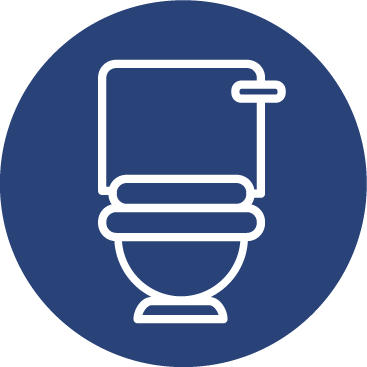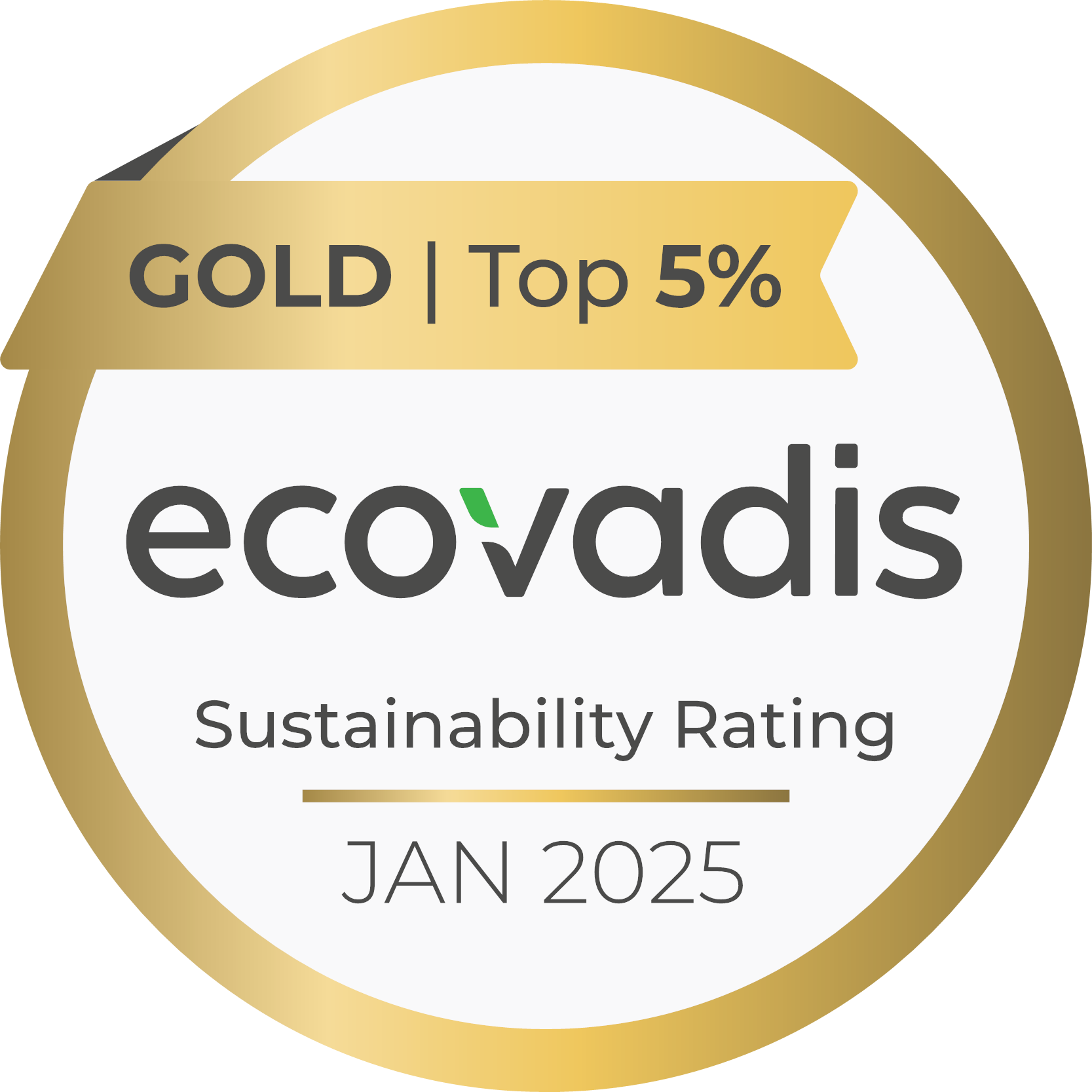Business water efficiency tips
Check out our top tips for tackling water waste issues and improving water efficiency across your business.
Where to?
Click the icons below to skip to water efficiency advice on a specific topic or, scroll down to read them all.
Small changes can make a big difference to your bills and the planet
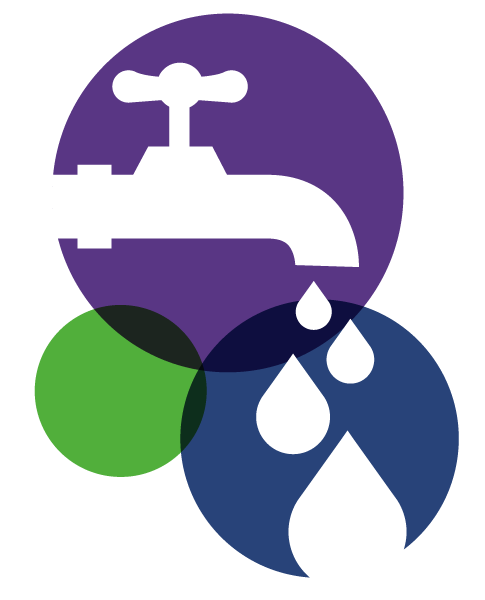
Taps & sinks
Dripping taps
A dripping tap can waste up to 90 litres of water per week. Replace a tap’s washer as soon as you notice a drip.
Tap aerators
Tap aerators are a relatively low-cost way to reduce the flow of your taps while maintaining their effectiveness. You can choose taps with aerators fitted, or retro-fit them to existing taps.
Self-closing taps
Even with the best will in the world, it’s easy to leave a tap running by mistake. A running tap can waste as much as 6 litres of water every minute. Fit self-closing taps to prevent this from happening.
Water basins
Using a basin for washing up significantly reduces the amount of water used. Make sure a basin is provided at each sink where dishes are washed.
Ill-fitting plugs
Providing plugs will encourage staff to fill a sink rather than using continuously running water. Ill-fitting plugs will waste water. Make sure that each sink has a well-fitting plug.
Stickers or posters
Friendly, clear and effective signage can help encourage good behaviours in your staff. Try to keep them positive and encouraging.

Toilets & urinals
Dual-flush mechanisms
A dual-flush toilet gives staff the option to halve the water used in flushing the toilet. When there’s no need to use a full flush, they don’t have to. This can significantly reduce the water used in toilet flushing.
Hippos or cistern displacement devices
Installing dual-flush toilets can be costly if you don’t have them already. You could consider a cistern displacement device as a less costly alternative, sometimes called a Hippo. Hippos reduce the volume of water that the cistern can hold, meaning colleagues to use less with each flush.
Urinal controls
Urinals which constantly leak or flush too regularly can waste a huge volume of water and they’re a common source of waste that we find when auditing businesses. Check for unwanted leaks or over-regular flushing, and ensure that the latest control mechanisms are fitted. You could also consider installing waterless urinals.
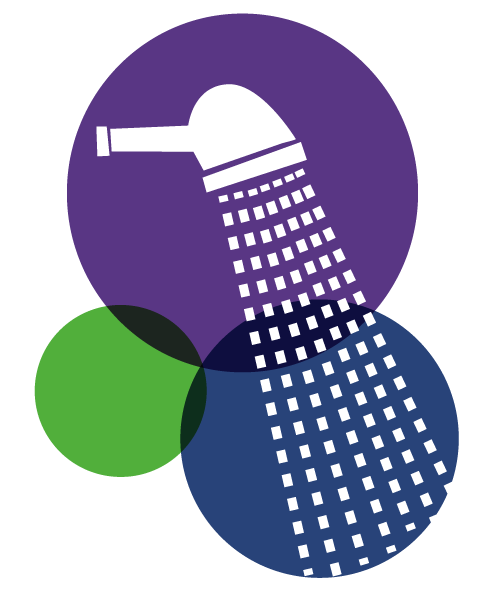
Showers
Leaking or dripping units
As with taps and sinks, dripping showers can be a slow but steady source of waste which builds up significantly over time. Make sure to repair dripping showers as soon as you notice them.
Push-button controls
Push-button controls ensure that showers shut off after a short period of time, minimising the chances of them being left on by accident.
Low-flow heads
Low flow heads can be a relatively cheap way of improving the efficiency of your showers, maintaining their power and effectiveness while using significantly less water.
Shower timers
A shower timer can be a cost-effective solution to remind staff to keep their shower time to a minimum. Less time in the shower = less water wasted.
Stickers or posters
Again, stickers, posters and signage around the shower area can be particularly helpful in encouraging staff to be considerate with their showering.

Kitchens
Eco-boilers
Investing in an eco-boiler that heats the water as you need it is a great way to save time and money. It prevents your staff from over-boiling the kettle, saving on water and energy.
Water coolers
Waiting for the tap to run cold for a glass of water can waste 10 litres of water every day. Providing water coolers which deliver instant cold water will reduce this unwanted wastage.
Dish & glass washers
Ensure that you’ve installed the most energy and water-efficient models you can afford, and then use the Eco setting wherever possible.
Dripping taps & tap aerators
As with toilets and bathrooms, kitchen taps can suffer from drips and leaks. And like other taps, they benefit from aerators to reduce water flow.

General plumbing
Water pressure
High water pressure can cause pinhole leaks in your water system, which can lead to major leaks and wider issues including serious property damage. Try to ensure your water pressure is at the lowest level it can be for your needs.
Visible pipework
Plumbing pipework is often concealed, but if you have areas of visible pipework around your premises, check them carefully for visible signs of leakage.

Grounds & gardens
Landscaping
Environmental efficiency
When considering business landscaping, choose as many existing trees and shrubs as possible. Established plants usually require less water and maintenance. Try to choose plants native to the UK too. Once established, they’ll require very little to no water beyond normal rainfall.
Avoid lawns if you can
It’s lovely to enjoy lunch outside on a warm day, but maintaining lawns can be water-intensive and expensive. Do you need to lay turf or are there alternatives?
Increase drainage
It might seem counter-intuitive, but consider working sand through your soil, to keep it porous and allow water to drain more effectively. This will encourage plants to root deeper into the ground, making them more resilient to drought.
Watering & lawn care
Water your lawns wisely
It’s better to water your lawns heavily once a week, rather than lightly every day. This encourages the grass to root further down, delivering increased flood and drought-resistance. Water your lawns first thing in the morning for maximum impact.
Sprinklers use up to 1,000 litres of water per hour
That’s more than a family of four use in a day. They’re best avoided, but if you can’t, try to make sure you’re not over-sprinkling. Catch water in a measuring jug to calculate sprinkler output. 3/4 to 1 inch of water is enough to apply each time you irrigate.
Go the extra mile!
Consider letting those lawns go brown in the summer. And remember, if you look after them during the winter, they’ll survive the tougher times too.
Rainwater harvesting
Rainwater from roofs or large paved areas (e.g. car parks) can be recycled and used for toilet flushing, vehicle washing or watering plants.
Greywater recycling
Waste water from washroom basins and showers can be recycled and used for flushing toilets or watering grounds and gardens.
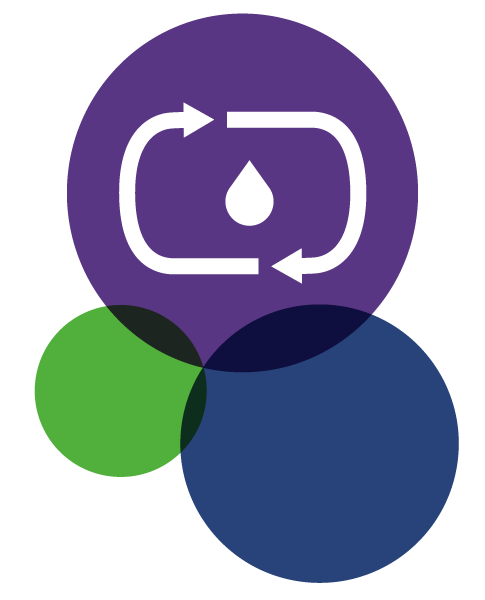
Your processes
Consider all the ways your business uses water
We’ve covered some of the main areas, but now you’ve walked round those, are there any others that we’ve missed? Are there any specific to your business?
Are they essential?
Can you identify any non-essential uses of water within your business? Consider also the frequency that you carry out these processes. Is it essential that you do them as often as you do?
Are they efficient?
Particularly for any specialist areas that your business uses water, consider how efficient your processes are. When was the last time you researched the latest water efficiency tactics and techniques in your industry? Industry press and online communities are a great resource of specialist knowledge in your area. Do some research into the latest equipment and practices and see how you compare.
Can we help?
We’ve got a wealth of experience in helping businesses of all shapes and sizes with their own unique water challenges. Our expert team are on hand to help solve even the most complex industrial issues, so if there’s something you want to discuss, give our Solutions team a call.

Your team
Use them as a resource
Your frontline team are a valuable source of information on how things really run in your business. Make sure to raise awareness with them on what you’re trying to achieve with water efficiency and the sorts of things you’ve already discovered. You may find that they can provide vital real-world insights which lead you to water efficiency measures you hadn’t previously considered.
Keep them in the loop
Getting buy-in from your team is crucial to any water efficiency programme’s continued success. As your plans progress and new measures are implemented, keep your team informed. Share your successes with them and inspire them to help and contribute to the continued success of your programme.


